While I never expected to become a connoisseur of fine Atlantic Ocean beaches, I’ve visited enough of them in my day, this year even, to freely pass judgment on the quality of an expanse of east coast American sand. That’s why I can report with confidence that Virgina Beach is superb when it comes to a satisfying strolling, swimming, or sunning excursion. For the sake of accuracy, I should be referencing Sandbridge Beach since that’s where I stayed with Sara’s cool Kentucky family, the same crew we vacationed with in the Outer Banks of North Carolina and DownEast Acadia in Maine, but then again, if I’m getting technical, I should call the whole locale Hampton Roads like the locals do. Sandbridge offers a less crowded or commercial environment than Virgina Beach proper but in August, the whole stretch of coastline boasts soft sand, hot sun, and a warm, changeable ocean. And how about those birds?
When we speak of seas, we must first consider seabirds. Virgina Beach offers the full complement of Mid-Atlantic summer gulls, with Laughing and Ring-billed dominant. Terns are a much more enticing proposition with plenty of Royal and Sandwich Terns , as well as a smattering of Common, Forster’s, and perhaps even Least, soaring up and down the coast. Add ponderous pelicans of the Brown variety to the mix and you’ve always got something to look at or for while improving your tan.
Where there are seabirds, you’ll probably find seahawks and I can confirm that Virgina Beach has Ospreys a-plenty. In the same vein, one would be wise to look for shorebirds at the shore. Does it come as any surprise that the omnipresent peep is Sanderling? Less expected were the throngs of Boat-tailed Grackles scavenging handouts with the gulls. Is there anything grackles can’t do?
While the coastal portions of Virginia Beach are home to some pretty sweet birds, biodiversity isn’t exactly a strong suit, especially in the overbuilt rental neighborhood. Northern Mockingbirds, House Finches, and other common mid-Atlantic species scratch out a living amongst the tourist set. Swallows like Barn and Bank do a pretty brisk business too but the real revelation of our stay was the prevalence of Purple Martins. Instead of massing in martin houses, these enormous (by swallow standards) indigo avians gathered in great throngs on the telephone wire right outside our house. From patchy juveniles to inky adults, the martins made for brilliant birdwatching at the beach.
Still, for true birding excitement, visitors to Virginia Beach should repair to the acclaimed Back Bay National Wildlife Refuge. I did and it was awesome! But before you check that out, here are some more images of a sweet Sandbridge sojourn…


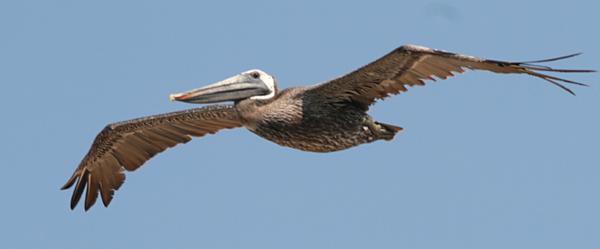
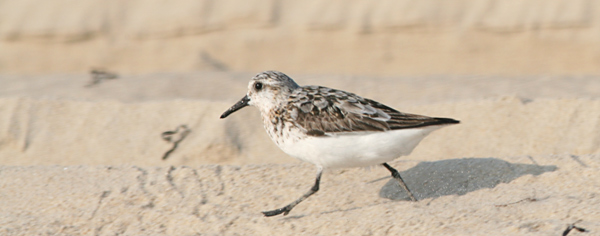
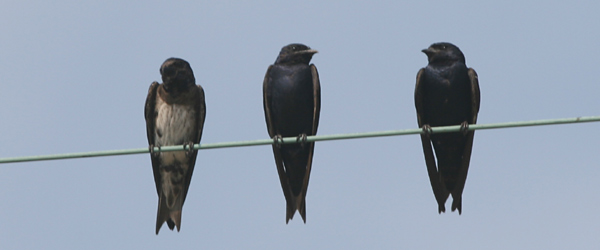
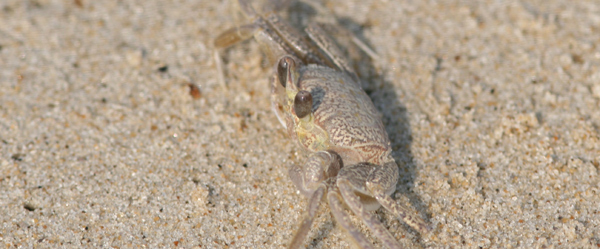
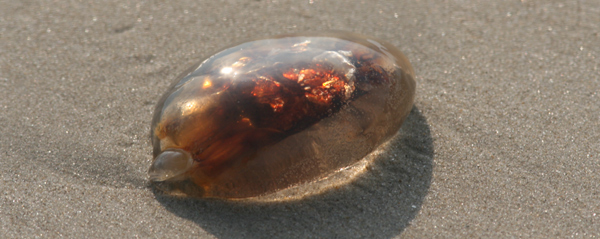
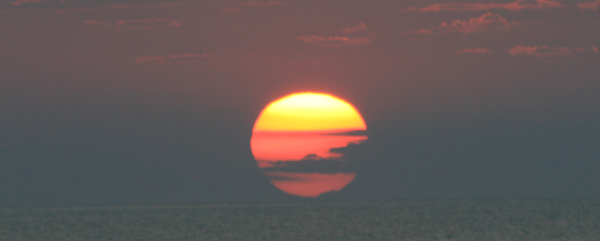











Great shots Mike! Looks as if you’re having fun! 😉
Cheers, Klaus
Ghost crabs (like the one pictured) are quite fun to watch.
Should you make a return trip to the Outer Banks you should come in the winter. The beaches are not quite as good for swimming but the birds are much better.
And you’ll have to let me know…
Hey Mike, Thanks for the insight into birding Virginia Beach but what is that photo below the crab? Is that some kinda egg or jellyfish or what? It’s hard to tell how big it is.
I have a family of 6 broad winged hawks just starting the branching phase in my backyard. Also a pair of heron-like small birds that I cannot identify. Closest: Green Heron, but not exactly.
I was at the beach in Sandbridge near Back Bay in Virginia Beach this weekend. I saw a brown bird I could not identify. Its back and wings were dark brown with a lighter colored breast – brown to gold, some birds with spots. They were about six inches tall and on the lean side. They easily navigated the sand, but did not go near the water. Their feathers were shiny and not weathered like a gull’s. Seemed comfortable walking among the sun bathers. Any ideas?
Larry, my response is almost a year late but yes, that is a jellyfish!
Lloyd, is it possible you have American Bitterns in your backyard?
Susan, were the birds shorebirds? If not, could they have been immature Boat-tailed Grackles? Those birds are certainly at ease among the sun bathers.
This is my home and the beaches entertain us year round. One thing though, the people that are from here refer the area as Tidewater(Va.Beach, Norfolk, Chesapeake, Portsmouth, Newport News, and Hampton). The name Hampton Roads was the product of some area business people to give us an “identity”. This was not met with cheers from the people who were from here. This has been a public service announcement from a Tidewater birdwatcher!
Tidewater, Hampton Roads, the Seven Cities – all work. I’m 61, have lived in Va Bch since age 10 & believe it’s a personal preference kinda thing 🙂
If the bird has brownish coloring, it could be a juvenile night heron. Until they reach adulthood (maybe two seasons), their body shape is more akin to an adult Green Heron or it could be a juvenile Green Heron. I walk through Pleasure House Point Natural Area several times a month just before sunrise when the tide is low. Sometimes I go in the evening when the tide is low. Yellow-crowned Night Herons nest there in the trees and feed in the Oyster beds. They can be seen roosting in the forest areas encirling the ponds and water channels during the day. Every so often, I see Black-crowned Night Herons in the area but don’t believe they nest there. Many of larger bird species feed in the oyster beds such as Great Egrets, Little Egrets, Cattle Egrets, Little Blue Herons, and Great Blue Herons. Osprey can be seen diving for fist most of the year. Bald Eagles feed there during the spring and fall. This is a great place for Bird-in-Flight Photography. There are many species of smaller birds in the maritime forest areas, including the red-winged black birds mentioned in another post.